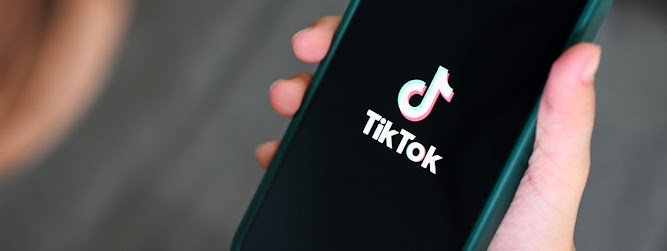TikTok vs. Instagram for Dropshipping: Which is Better?
In the realm of e-commerce, dropshipping has emerged as a lucrative business model for entrepreneurs seeking low overhead and minimal risk. With the rise of social media marketing, platforms like TikTok and Instagram have become battlegrounds for capturing the attention of potential customers. But which platform reigns supreme for dropshipping? Let's delve into the pros and cons of TikTok and Instagram to determine which is better suited for your dropshipping endeavors.
TikTok: The Power of Virality
TikTok has taken the social media world by storm with its short-form video format and algorithm-driven content discovery. The platform boasts over a billion active users, making it a goldmine for dropshipping entrepreneurs. TikTok's algorithm favors content that resonates with its users, make it easier for dropshippers to reach a wider audience organically.
With TikTok's emphasis on creativity and entertainment, dropshipping video ads have the potential to go viral, catapulting products to overnight success. The platform's duet and stitch features allow users to interact with content seamlessly, further amplifying the reach of dropshipping ads. Moreover, TikTok's younger demographic, primarily Gen Z, presents an opportunity for dropshippers targeting this market segment.
Instagram: Visual Appeal and Targeted Advertising
Instagram, owned by Facebook, remains a juggernaut in the social media landscape, boasting over a billion monthly active users. Unlike TikTok's emphasis on short-form video content, Instagram offers a variety of formats, including photos, videos, stories, and reels. This versatility allows dropshippers to experiment with different types of content to showcase their products effectively.
One of Instagram's key strengths lies in its robust advertising platform, which provides detailed targeting options based on demographics, interests, and behaviors. This enables dropshippers to tailor their ads to specific audience segments, maximizing their return on investment. Additionally, Instagram's integration with Facebook's advertising tools offers advanced analytics and optimization features to track campaign performance and refine targeting strategies.
Comparing Engagement and Conversion Rates
When comparing TikTok and Instagram for dropshipping, engagement and conversion rates are critical metrics to consider. TikTok's algorithm-driven feed can lead to rapid organic growth and high engagement levels, especially for content that resonates with its user base. However, converting this engagement into sales may require a strategic approach, as TikTok users are often in browse mode rather than purchase mode.
On the other hand, Instagram's visually appealing platform and targeted advertising options make it conducive to driving conversions. By leveraging features like shoppable posts and Instagram Checkout, dropshippers can streamline the purchasing process, reducing friction for customers. Additionally, Instagram's influencer marketing ecosystem enables dropshippers to collaborate with influencers to promote their products authentically.
Conclusion: Leveraging Both Platforms
In the battle of TikTok vs. Instagram for dropshipping, there's no clear winner. Both platforms offer unique advantages and cater to different audience demographics. To maximize success, dropshippers can leverage the strengths of each platform strategically.
For reaching a younger, more dynamic audience and fostering viral growth, TikTok shines. Its algorithmic feed and creative opportunities make it ideal for capturing attention and building brand awareness. However, for targeted advertising and driving conversions, Instagram's robust advertising platform and visual appeal are unparalleled.
By understanding the strengths of each platform and tailoring their strategies accordingly, dropshippers can unlock the full potential of social media for their dropshipping business.
YOU MAY ALSO READ:





Comments
Post a Comment